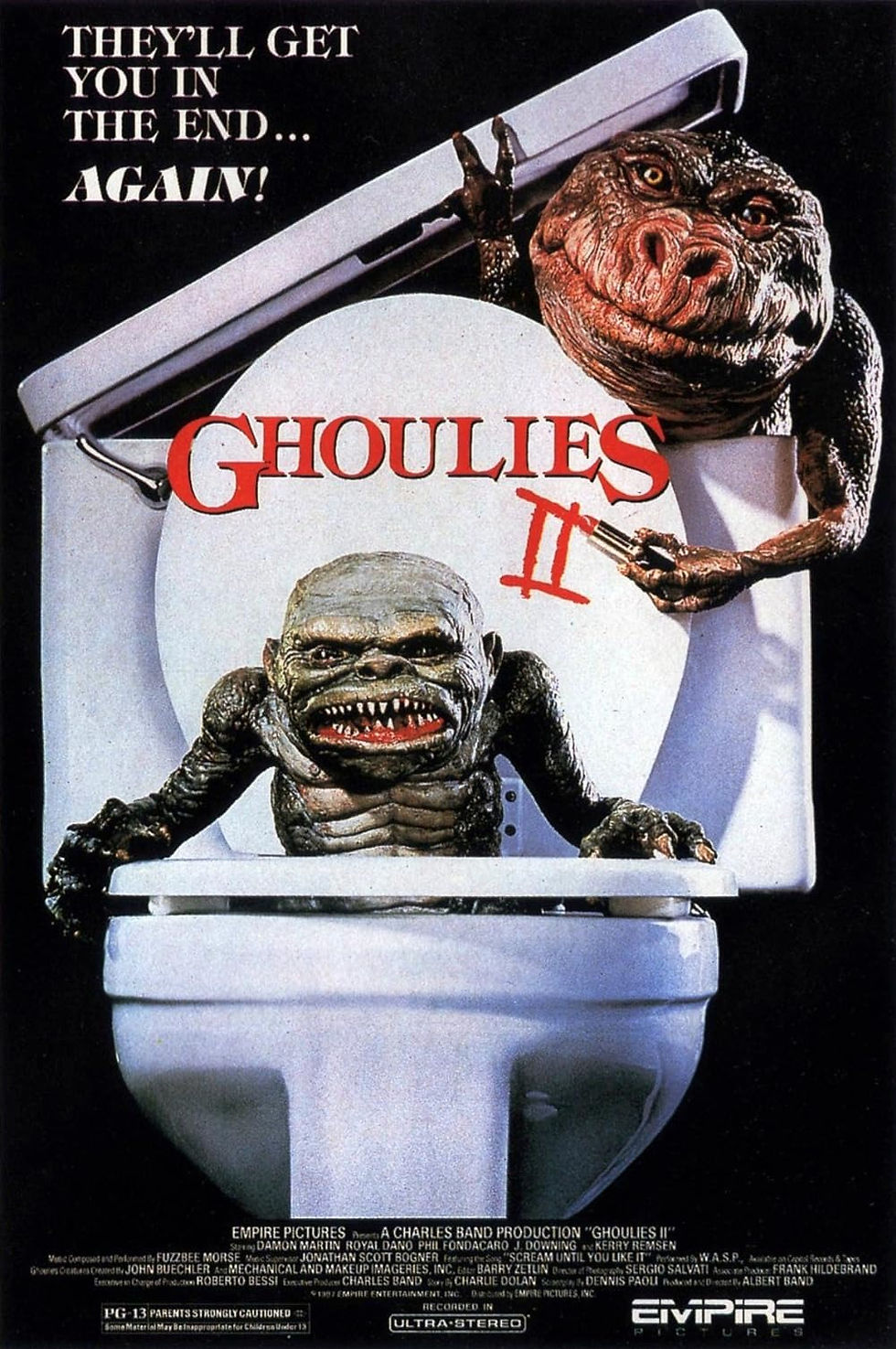Hellraiser 1987 Movie Poster
- Allan Major

- Mar 22, 2024
- 2 min read

The chilling visage dominating the 1987 "Hellraiser" poster instantly invokes a sense of otherworldly dread, a fitting overture to Clive Barker's horror masterpiece. The central figure, clad in a morbid attire that blurs the lines between human and something much more sinister, has his head meticulously grid-mapped by scars and crowned with an array of ominous pins, suggesting a ritualistic and calculated transformation. His expression is one of cold dispassion, underscoring the notion that the forthcoming terror is not one of chaotic evil, but rather of a deeply disturbing order.
In his hands, the figure cradles an ornate box, glowing ominously—a Pandora's Box of modern times, one that promises to unleash unspeakable horrors upon those who dare tamper with its intricate design. The tagline "He'll tear your soul apart" serves as both a grim warning and a siren's call, enticing the viewer with the promise of horrors and pleasures beyond mortal comprehension.
This stark imagery is offset by a darkly alluring backdrop, a brooding abyss peppered with arcane instruments that hint at the depths of human depravity. The juxtaposition of demon and angel references in the text above the title suggests a duality that is echoed throughout the film's narrative—the idea that pain and pleasure are inseparable, a theme that courses through the veins of Barker's storytelling.
"Hellraiser," born from the mind of Clive Barker, who not only wrote the novella "The Hellbound Heart" but also directed the film, marks a seismic shift in the landscape of horror cinema. It eschews the slasher villain archetype for something far more complex: a character who is neither fully antagonist nor protagonist, but rather a force of nature that challenges the very fabric of the genre's morality.
The film itself unfolds as an unholy allegory about the limits of sensation and the human addiction to the forbidden. It introduces audiences to a ghastly dimension where the Cenobites, a group of entities that the poster's figure is a member of, reign over a domain of eternal suffering and exquisite pain, their philosophy chillingly detached from human values.
"Hellraiser" stood apart from its contemporaries, not just for its unflinching portrayal of gore and the macabre, but also for its deep dive into themes of obsession, lust, and the cost of yielding to our darkest desires. The poster, much like the film, is not just a piece of horror iconography; it is a portal into the dark recesses of the human psyche, an invitation to explore the shadowy corners of our own nature.
Clive Barker's genius lies in his ability to not only terrify but also to provoke thought and introspection, making "Hellraiser" a cult classic that remains deeply etched in the annals of horror. The film's legacy is as enduring as the image of its central figure—both are indelible marks on the canvas of cinematic history, a testament to the power of horror to not only shock and scare but also to challenge and disturb.







